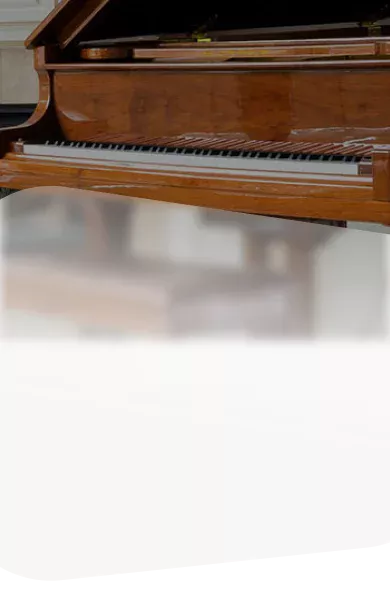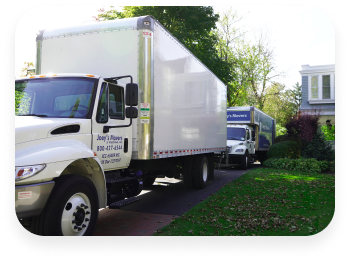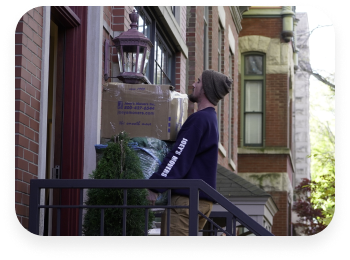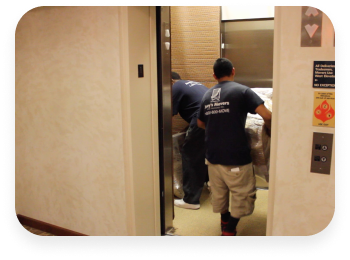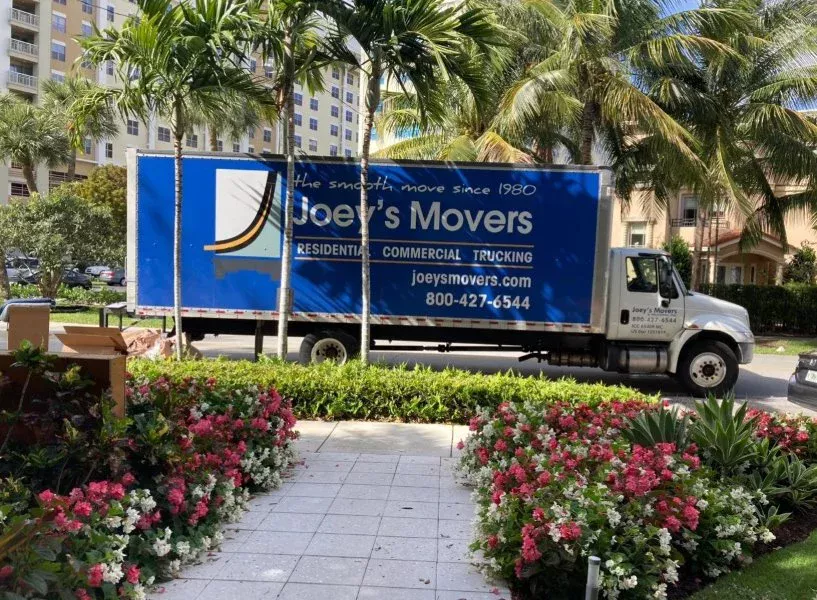At Joey’s Movers, we know how delicate and valuable pianos are. Our professional piano movers are trained in handling all types of pianos, including:
- Upright pianos
- Baby grand pianos
- Concert grand pianos
- Organs and other specialty instruments
We use specialized equipment like piano dollies, ramps, and padding to ensure your instrument stays secure during the move.


